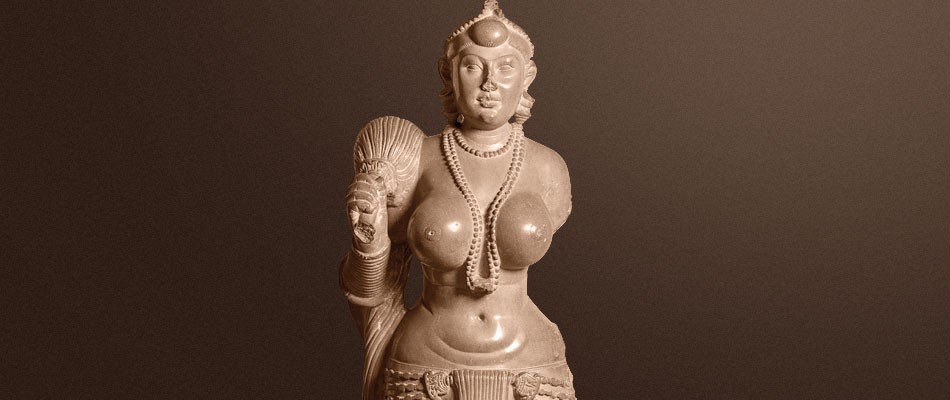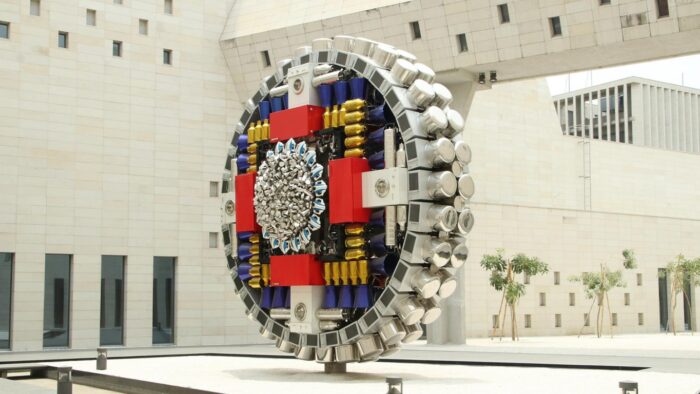Bihar Diwas, celebrated on March 22nd each year, marks the formation of Bihar after being carved out of the erstwhile Bengal Presidency. Commemorating 109 years of statehood, yesterday, the Bihar Museum, in Patna, launched a first of its kind museum biennale in India and the world. Over the next week, art lovers and collectors, history enthusiasts, museum experts and inquisitive visitors will come together, to celebrate Indian culture and heritage. Apart from the physical exhibition on the museum premises, the event also includes curated virtual tours, a two-day conference and Masterclasses that will be streamed live. With an overarching theme of Bihar, India and the World, the Bihar Museum Biennale is an excellent initiative to establish the importance of museums as instruments of soft power, for a variety of reasons.
First, the event demonstrates the important role played by the Bihar Museum in carrying out state-driven soft power outreach. This is evidenced by the participation of six international museums from Bangladesh, Colombia, USA, Canada, Mexico, Poland and Italy. The exhibitions ranging from neo-baroque style royal artifacts from Poland to the local heritage of Mexico, to people’s struggle during the Bangladesh Liberation War, truly adds to the diversity and global element of the Biennale. A specially curated exhibition, ‘Making of Bihar Museum,’ that showcases the collaborative work between Indian and Japanese architects and designers, further adds to this. Museum experts, curators and cultural practitioners from across the world will also be speaking in the virtual two-day conference and conducting Masterclasses. This international outreach and bringing together subject authorities to share their cultures and experiences on one hand and spreading greater awareness about our culture and knowledge traditions with the global community on the other can be potent in strengthening India’s cultural diplomacy.

Didargang Yakshi, Bihar Museum
Second, the Biennale creates a platform to steer conversations around Bihar’s significance in India’s civilizational heritage. Patliputra, a thriving political capital during the Mauryan era and three Mahajanapadas–Magadh, Anga and Vajji–were situated in Bihar. Nalanda University which has served as a hub of education for years, inviting scholars from across the world to fulfill their academic pursuits is situated in this state. Bihar is also home to several Buddhist pilgrimage sites visited by thousands of devotees every year. The state, undoubtedly, needs more attention in India’s cultural and tourism landscape.
Furthermore, a significant number of the Indian diaspora, especially those who migrated during colonial times, trace their roots to Bihar. While the Biennale may be able to draw immediate attention to only some of these attributes, it does position the Bihar Museum as a nodal center for the state’s cultural activities. In the long run, the museum can actively undertake the task of researching and preserving local histories, knowledge and cultural practices. It can be a major avenue for the diaspora to connect with their heritage as well as support the various tourism initiatives by providing exciting and authentic information, that enhances the ‘Bihar experience’.
Third, and at a national level, the event highlights India’s cultural richness and diversity preserved and promoted through its numerous museums. The Biennale itself will see twelve museums from across the country exhibiting some of their most prized and unique collections. This includes museums such as Museo Camera (Gurgaon) telling the history of photography; the Kanha Museum of Life and Art (Madhya Pradesh) bringing out Indian folk and tribal art forms like Warli, Gond and Madhubani; Chhatrapati Shivaji Maharaj Vastu Sanghralaya (Maharashtra) displaying sacred art inspired by Vedic and Upanishadic literature, and the Assam State Museum depicting various facets of social and cultural identity of the people from Northeast India. The coming of museums, rather than individual artists, can provide a model for building a network of museums and other cultural institutions, connected both physically and digitally. This network can enable the regular exchange of artifacts, knowledge and cultural wisdom beyond the geographical premises. It can nurture new ideas and support joint projects with more financial and intellectual resources pooling in from involved stakeholders. More importantly, museums can serve as important cultural spaces inviting increased civic participation and disseminating information about our art, heritage, and culture in the most innovative way.
Finally, the Biennale emphasizes the importance of having a robust museum culture. This can enable the shaping narratives around the most accomplished tangible and intangible advancements of the civilization, and sharing them with the larger global community.
Feature Image: IANS





